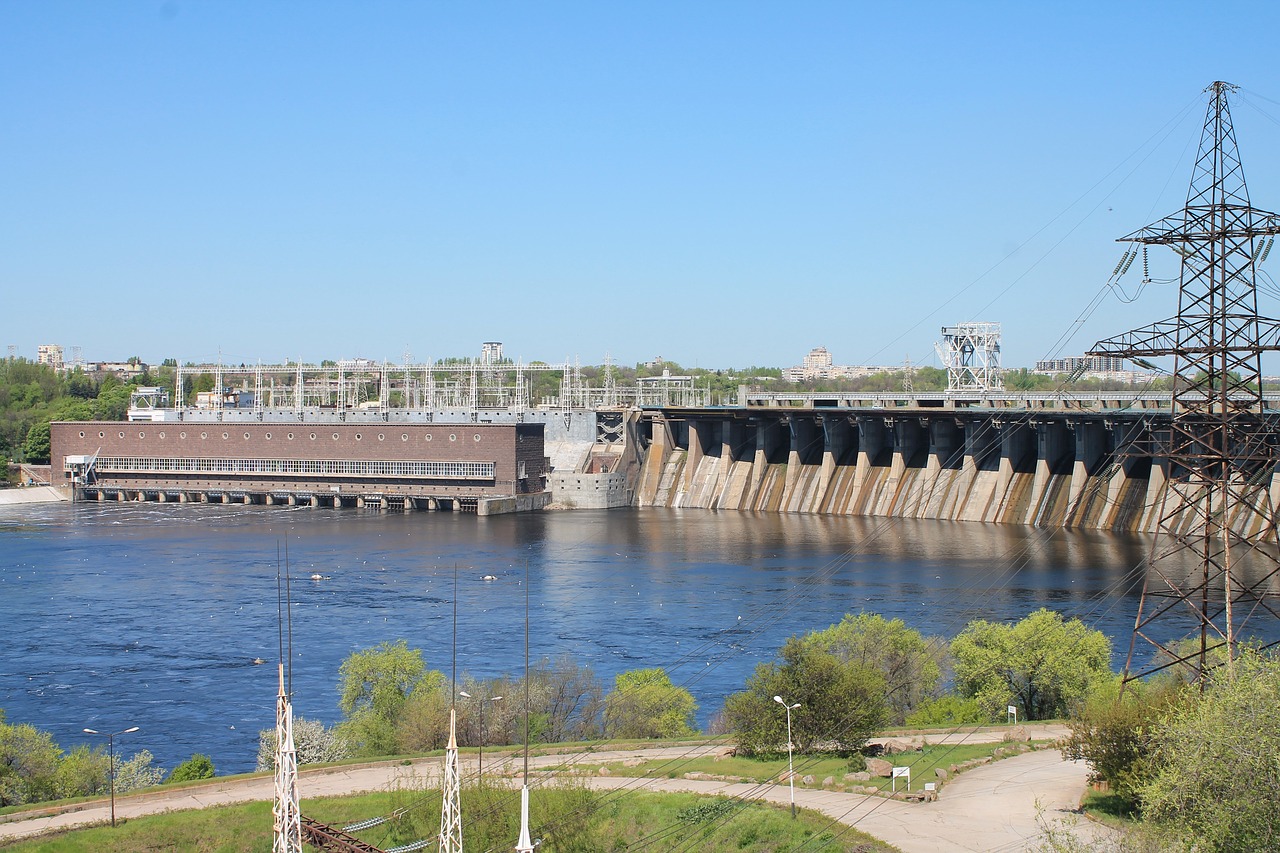Ukrainian law students and young lawyers are reporting for JURIST on developments in and affecting Ukraine. This dispatch is from Polina Dvornikova, a law student at Yaroslav Mudryi National Law University in Kharkiv, Ukraine.
This morning, according to Ukrainian officials, the Russian Federation deliberately destroyed the Kakhovka hydroelectric plant, resulting in international condemnation as a clear war crime. Esteemed experts have recognized this incident as a major ecological disaster with profound implications for Europe. The safety and well-being of countless civilians are now at serious risk.
The dam and the damage
The Novaya Kakhovka dam stands as a vital physical bastion, impeding the flow of the Dnieper River, a significant watercourse coursing through the southeastern regions of Ukraine. Stretching downstream, a myriad of urban centers and municipalities grace its banks, the foremost being the city of Kherson, home to an approximate population of 300,000 prior to the extensive incursion launched by the Russian forces into Ukraine.
Last October, Ukrainian President Vladimir Zelenski raised the possibility that the Russian Federation had orchestrated a plan to demolish the Kakhovka hydroelectric plant, with the alleged aim of impeding Ukraine’s counteroffensive in the Kherson region. President Zelensky further suggested that the undermining of the dam originated from within, indicating it was not the result of an external attack such as a missile strike.
“Ukrhydroenergo,” Ukraine’s hydroelectric power generation company, has confirmed that the explosion occurred within the engine room and that restoring the plant is currently unviable. In contrast, Volodymyr Leontiev, the unlawfully appointed mayor of Nova Kakhovka and a member of the Russian Federation’s occupying forces, has claimed that multiple strikes had targeted the Kakhovka hydroelectric power plant. However, these assertions remain unverified.
Mikhail Podolyak, a senior advisor to President Zelensky, has expressed grave concerns regarding an ongoing ecological catastrophe in the region, predicting extensive destruction of animal species and ecosystems. Efforts are now underway to evacuate civilians residing within Ukrainian-controlled areas, although no information regarding evacuations from the Russian-controlled territory has been made available at this time.
Approximately 100 villages and towns are estimated to be submerged, as projected by the World Data Center for Geoinformatics and Sustainability. The receding of water levels is anticipated to begin within a week.
The ramifications of the Kakhovska hydroelectric power plant’s destruction reverberate significantly in Crimea. The reservoir located upstream of the Kakhovka dam served as the primary source of freshwater for the Dnieper-Crimean canal, which provided the peninsula with vital water supply.
As per assertions from the Russian authorities, the current freshwater reserves on the peninsula are deemed sufficient; however, the true extent of the potential risks will manifest in the coming days.
Legal implications
The targeting of dams in armed conflicts raises complex issues within international humanitarian law. Determining the applicable rules depends on the nature of the conflict (international or non-international) and the adherence of the attacking forces to Additional Protocols I and II of 1977, which supplement the Geneva Conventions of 1949.
International Humanitarian Law encompasses the concept of “attacks,” but the classification of the present scenario as an attack, as defined in Article 49(1) of Additional Protocol I, remains ambiguous.
If Russia caused the initial dam damage leading to its destruction, the classification of this event as an “attack” becomes uncertain under international humanitarian law.
Destroying a dam is generally not considered an attack. For instance, if Ukraine sabotaged the dam under its control to impede Russian troops, it would not be classified as an attack under international humanitarian law, even if civilian casualties occurred. Determining the presence of an “attack” within the framework of international humanitarian law is a complex and nuanced matter.
Under Article 51(5)(b) of Additional Protocol I to the Geneva Conventions of 12 August 1949, an attack is deemed disproportionate if it is expected to cause civilian casualties, harm to civilians, damage to civilian structures, or a combination thereof, that exceeds the specific and direct military advantage anticipated. Without knowledge of the intended military advantage, a definitive evaluation cannot be reached.
However, if we consider the scenario where the Russian forces targeted the dam to hinder an Ukrainian offensive, the extensive destruction and its impact on civilians and downstream infrastructure unquestionably demonstrate a disproportionate attack.
Article 56 of Additional Protocol I addresses attacks on structures containing dangerous forces, such as dams. It states that an attack would violate Article 56, regardless of its limited military objective or proportionality under International Humanitarian Law, if it could potentially lead to the release of hazardous forces and cause substantial civilian casualties.
Regarding the destruction of the dam at Nova Kakhovka, two pivotal considerations arise: the potential gravity of civilian casualties and the potential consequences stemming from the dam’s destruction. The threshold for severity would be surpassed in a situation where the risk extends to a substantial number of individuals residing in areas that had not been previously evacuated. The magnitude of the impact is profound, posing a significant threat to civilian lives.
Moreover, it is important to note that the risk threshold in the context of Article 56 is lower than that of the proportionality assessment. Article 85(3)(c) of Additional Protocol I stipulates that such an attack constitutes a war crime, thus placing it on par with the bombing of a nuclear power plant.
Prompt initiation of an international investigation is imperative to ascertain the precise circumstances surrounding the explosion incident at the Kakhovska hydroelectric power plant. It is crucial to identify the responsible party for this tragic event, resulting in loss of life and substantial harm to the civilian population. Furthermore, there is a pressing necessity to devise robust measures of influence and deterrence against the Russian Federation, in order to avert potential future war crimes in Ukraine, which may even surpass the severity of the present situation.


